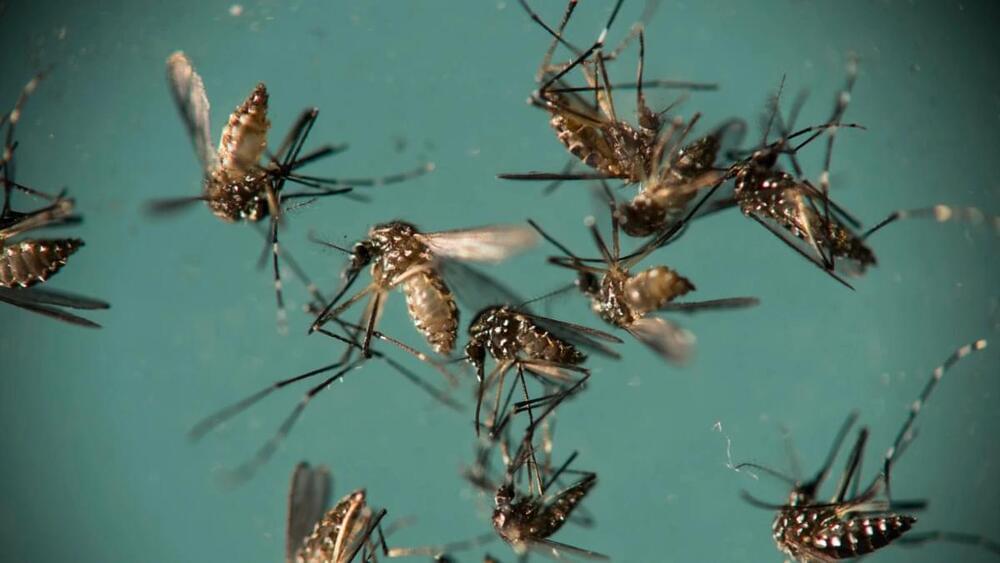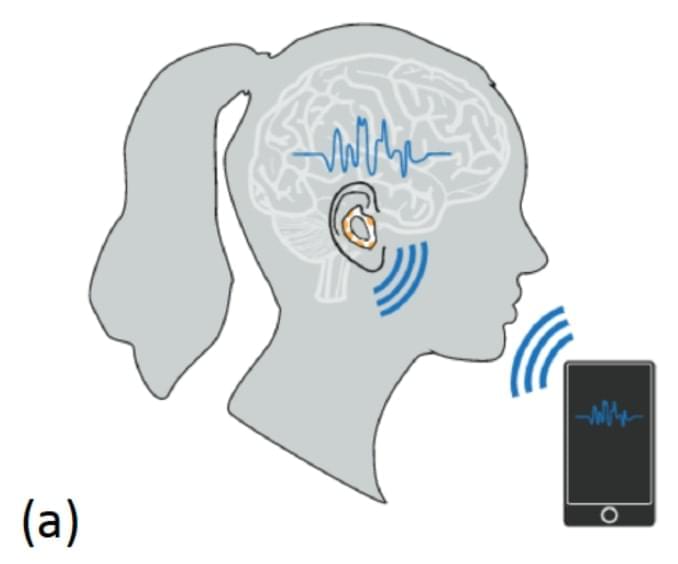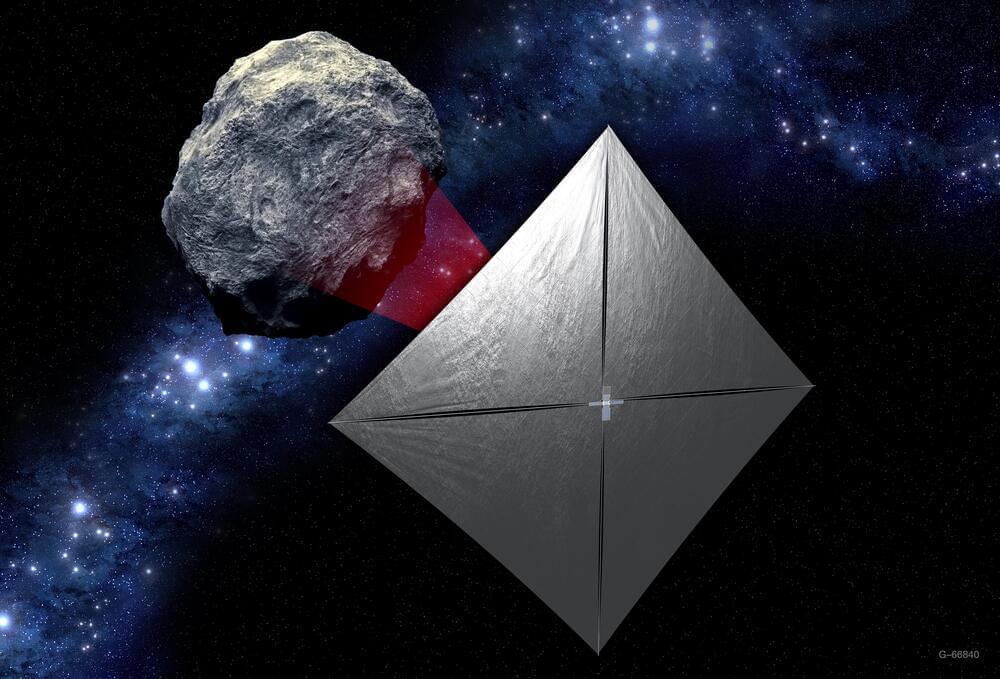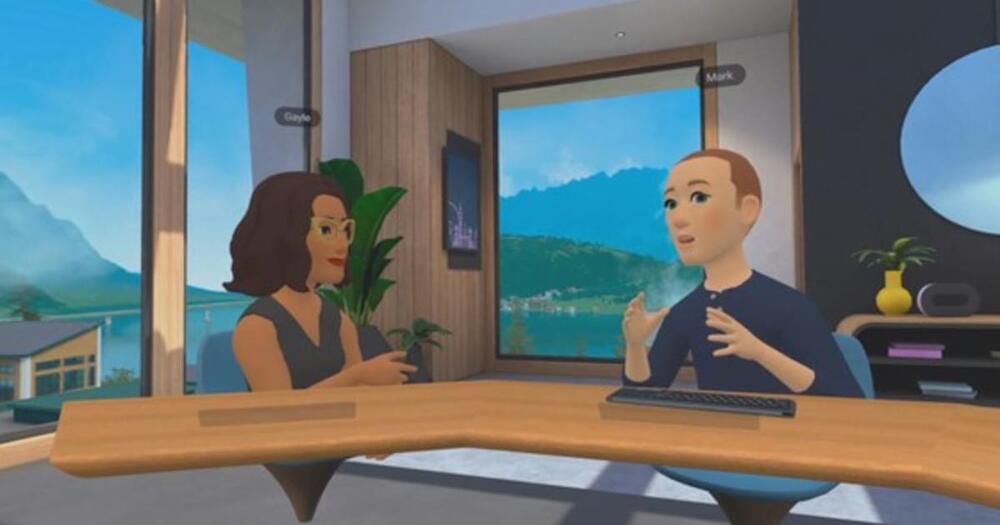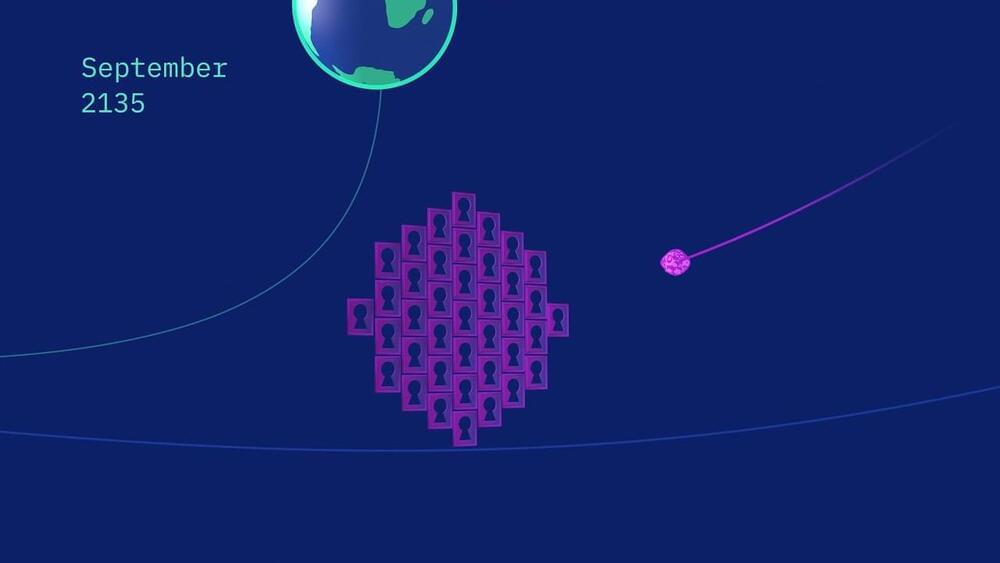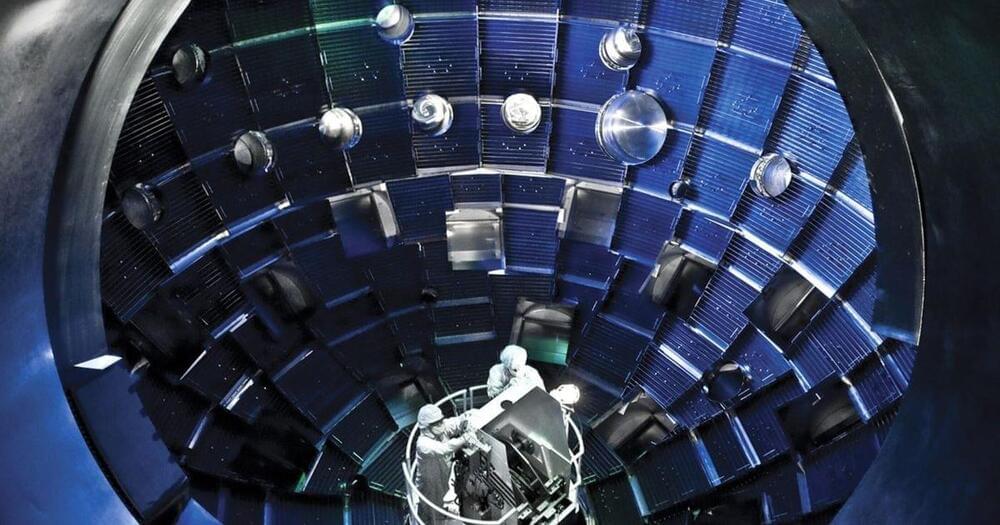Obstructive sleep apnea is widely “underrecognized and underdiagnosed.” But individuals with moderate to severe sleep apnea have a notable elevated risk of mortality from cancer and stroke compared to individuals without. People with obstructive sleep apnea and parasomnia have higher risks of breast cancer. The same study finds that parasomnia also increases the risk of oral cancer.
Update 8/23/2021: This post has been updated since we originally published it in October 2020. I evaluated additional top sleep trackers and apps for 2,022 added Biostrap, updated the post to reflect most recent pricing, and added additional commentary on my reviews. The post has been cleaned up and links were made current.
I didn’t used to have a harmonious relationship with sleep. In fact, sleep used to be a source of anxiety for me. I have parasomnia, an amalgam of disorders that, occasionally, give me hypnopompic hallucinations Severe hallucinations when waking up from a deep sleep. 0 night terrors Nightmares that lead the dreamer to wake up screaming and thrashing without recollection of the dream itself 0 and, most dangerously, somnambulism The fancy word for ‘sleepwalking.’ 0 which has led me to drive while sleeping and scare the living piss out of my poor husband after we watched Paranormal Activity together (it didn’t help that I was mutely standing over him at 4:15 AM with my eyes wide open).
So it should come as no surprise that I’ve built quite the relationship with my own sleep metrics and have more than a layman’s knowledge of sleep science. Which brings me to this article.

